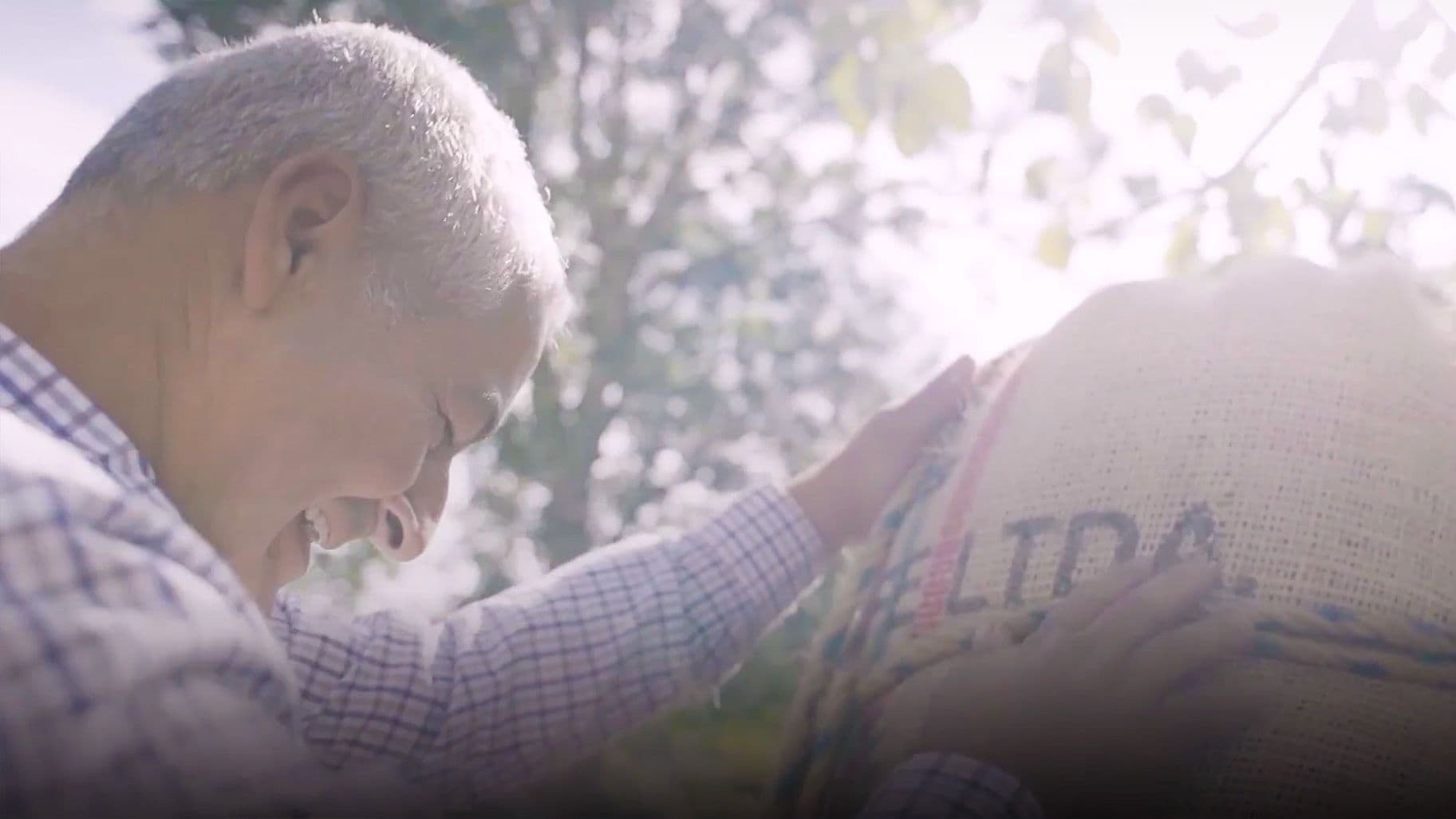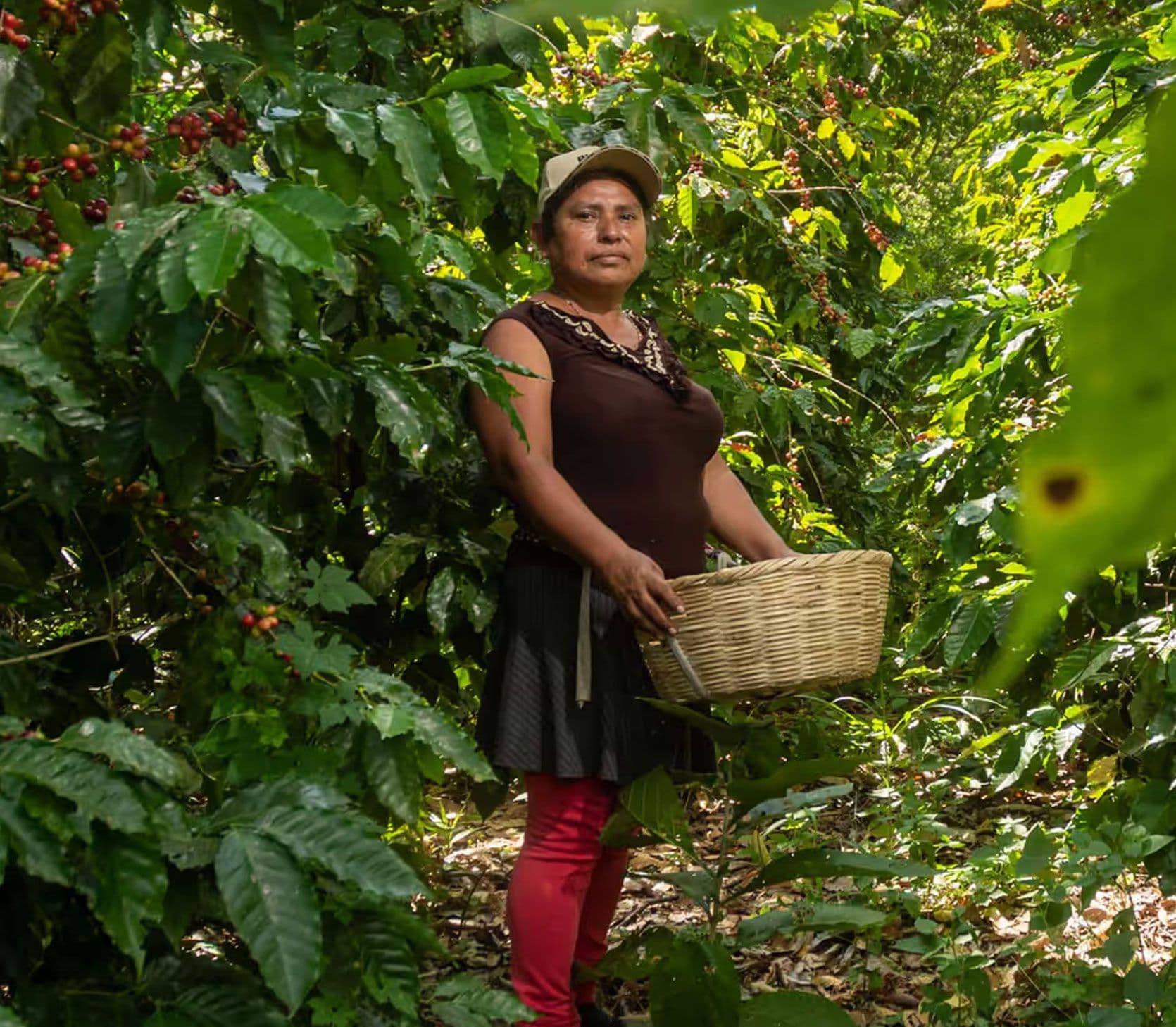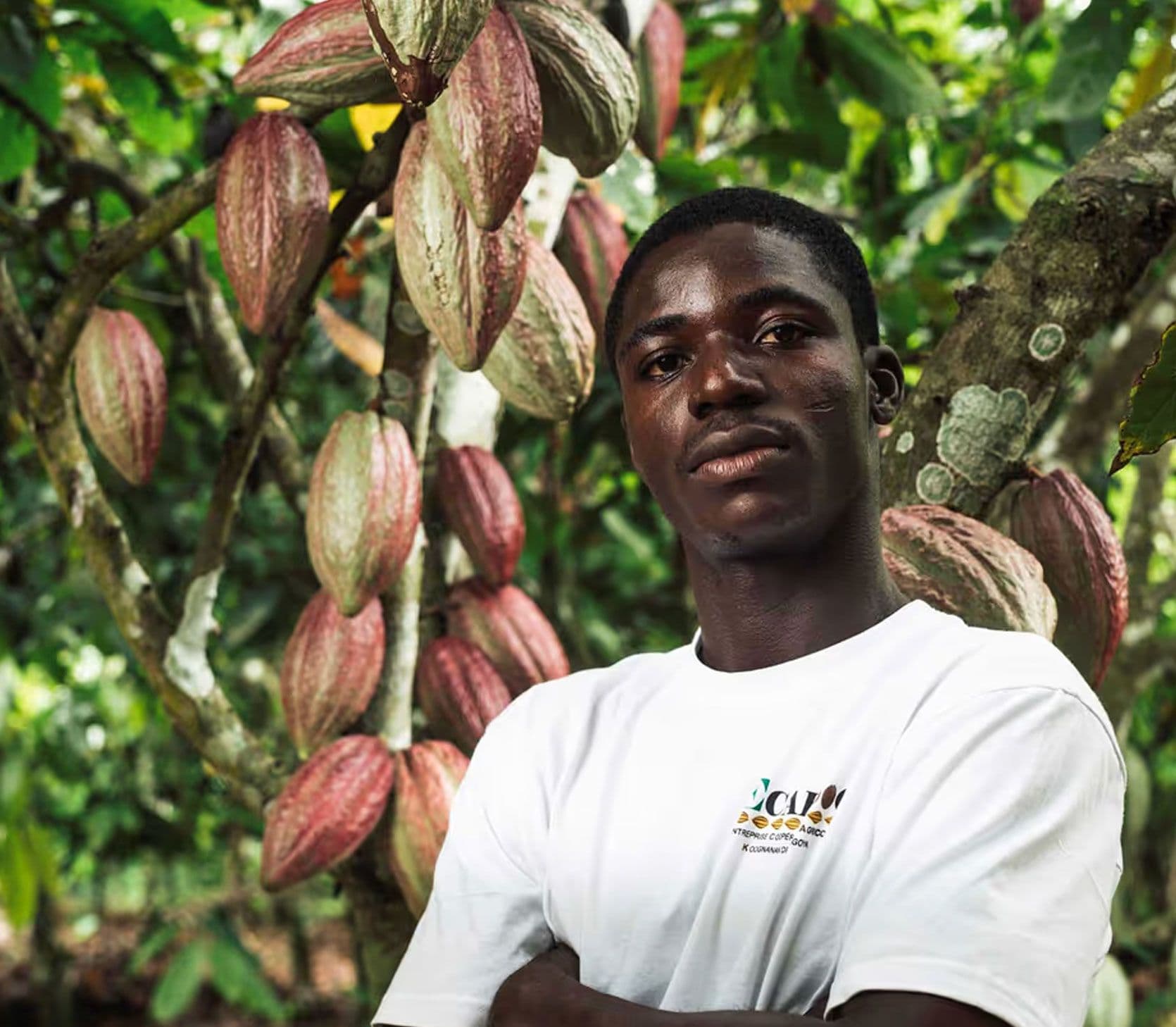

About

This online tool is designed to help companies find out what prices they need to pay to enable living incomes and living wages in their supply chains.
Explore the map to find Living Income Reference Prices per commodity and country, or read below to find out how we calculate these prices.
In the near future, we will also be adding living wage reference prices, for workers on Fairtrade certified banana plantations.
Can’t find the price you are looking for, or curious to know how you can begin your living income journey? Contact us.
We already have some new prices in the pipeline, and are happy to discuss possibilities for establishing other ones too.
To read more about our work to advance decent livelihoods scroll down for more.
Introducing Living Income Reference Prices
Fairtrade has developed a holistic price discovery model for establishing Living Income Reference Prices (LIRP), which constitutes an integral part of its Living Income strategy.
A Living Income Reference Price indicates the farmgate price needed for a typical farmer household with a viable crop area and a sustainable productivity level to earn a living income from the sales of their crop. A living income is sufficient income to afford a decent standard of living for the household members, including a nutritious diet, decent housing, education, health care, other essential needs and a provision for unexpected events.
Fairtrade works with committed commercial partners and their suppliers to implement a holistic approach towards living incomes, which includes the voluntary payment of Reference Prices, alongside other components of the living income strategy.
In focus
The Living Income Reference Price model
Our model is derived from the universal human right for everyone who works to a just and favourable remuneration, ensuring an existence worthy of human dignity. Hence, a full-time farmer should be able to make a living income from their farm revenues and pay hired workers a living wage.
A Living Income Reference Price is based on four key variables:
- Sustainable yields: Defined as a realistic target productivity level that can be attained when recommended sustainable agricultural practices are implemented. Feasible yield targets are set by producers and technical experts at origin, considering the local context, conditions and common production practices.
- Viable crop area: A full-time farmer should be able to make a living income from farming. Therefore, a viable crop area to depend solely on the revenue of this crop for a livelihood is defined as sufficient land to fully absorb the available adult workforce in a typical household. This means that farmers who have a smaller land size likely need complementary income sources to make a living income.
- Cost of sustainable production: The farm investments for implementing sustainable agricultural practices required to meet the target yield are calculated as the production costs. Any hired labour needed after the available household labour is fully deployed is factored in at a living wage.
- Living income: Living Income benchmarks are established using the Anker methodology and represent the costs of a decent standard of living for a typical household, including food, shelter and other essential needs.The net farm income should be at least equal to a living income, in case of a viable farm area when sustainable yields are achieved.
The equation
A price that allows an average farmer household with a viable farm size and a sustainable productivity level to earn a living income can be calculated with the following equation:
LIVING INCOME REFERENCE PRICE
Cost of decent living
Cost of sustainable production
Sustainable yield
Viable crop area

Establishing Living Income Reference Prices
Besides the robust process for establishing generic Living Income Reference Prices for a product from a certain origin, Fairtrade has developed a pragmatic, fast-track approach to estimate living income based prices that are customized to a specific supply chain.
Reference Prices on-demand are calculated for commercial partners interested in knowing what price is needed to enable living incomes in their supply chain.
Generic Living Income Reference Prices
Fairtrade establishes generic Living Income Reference Prices for its core product categories, including coffee, cocoa and bananas.
These prices are set at country level, following a in-depth farm economic data analysis and stakeholder consultation, and are applicable to any buyer sourcing from this origin.
Living Income Reference Prices on-demand
Fairtrade can also calculate Living Income Reference Prices on demand for business partners at a fee for service, and distinguishes two types:
- Supply-chain specific reference prices: Tailored to the characteristics of producers in a specific supply chain and therefore exclusively applicable to customers sourcing from these suppliers.
- Origin reference prices: As above, but with a broader scope of analysis and stakeholder validation to cover entire regions or countries. Origin LIRPs are applicable to all companies sourcing from the respective region.
Living Income Strategy in video
Take a few minutes to watch our engaging and informative video and hear first-hand from stakeholders about the vital role that the Living Income Reference Price plays in their lives.

More Reference Prices coming soon
We are steadily working on making more reference price reports available for the public on the reference price map.
However, currently not all prices that we have established are yet included. To see all prices that Fairtrade has developed, please visit Fairtrade Internationals main website. You can find the reports under "additional resources".